Central Arctic fertilization by the Transpolar Drift
Their findings highlight the importance of the Transpolar Drift in delivering dissolved silica and iron to feed low diatom primary production in the central Arctic Ocean.
Some recent GEOTRACES science findings are reported below.
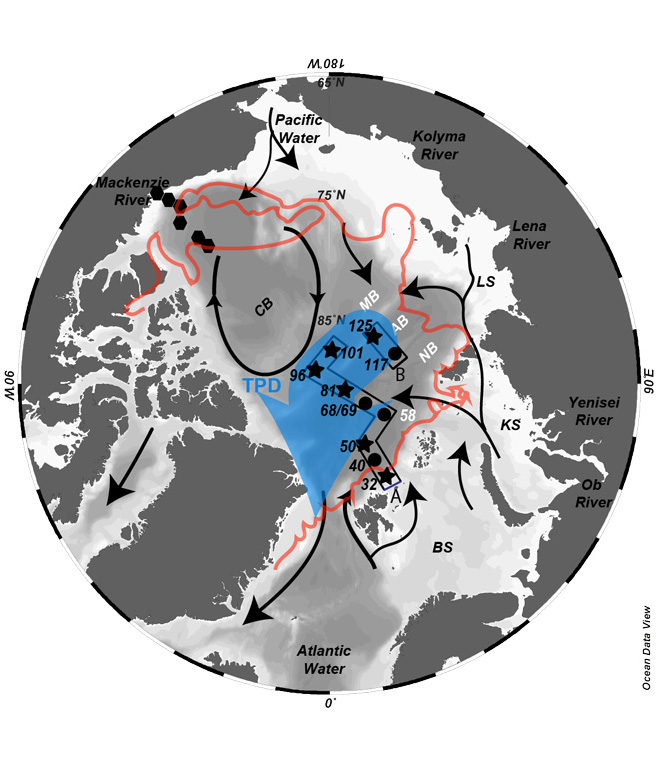
Their findings highlight the importance of the Transpolar Drift in delivering dissolved silica and iron to feed low diatom primary production in the central Arctic Ocean.
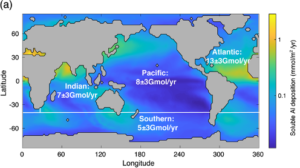
Xu and Weber developed a data-assimilation model of the aluminum oceanic cycle.
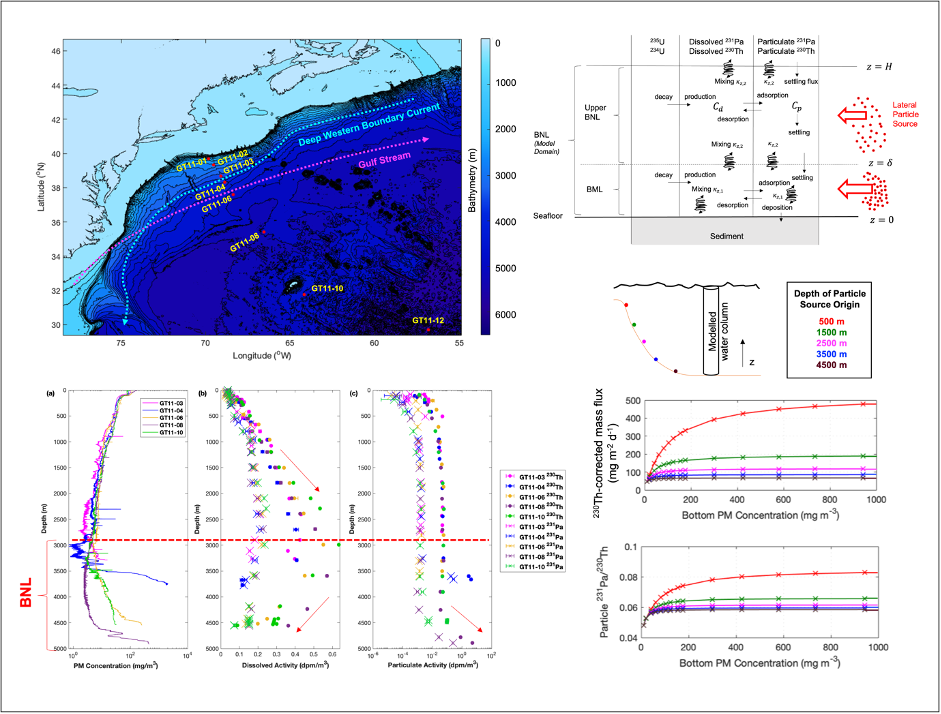
Chen and colleagues explore the behaviour of thorium-230 and protactinium-231 in the benthic nepheloid layers…
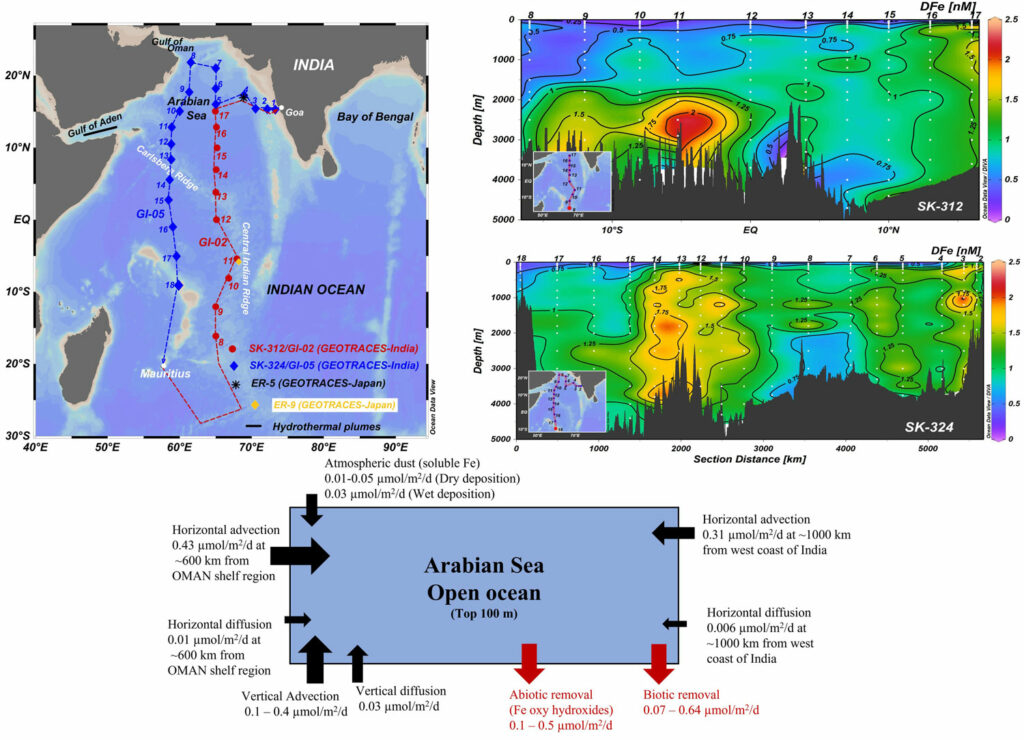
Venkatesh Chinni and Sunil Kumar Singh propose dissolved iron profiles along two meridional transects realized during spring and fall seasons between the Arabian Sea and the sub-tropical western Indian Ocean…

This study reveals that cliff derived sediment supply is only three times less than the solid discharge of rivers for Europe.
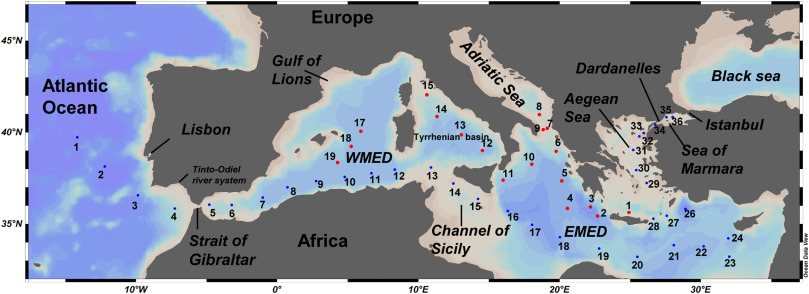
Extensive trace metal clean sampling during the Dutch GEOTRACES cruise in the Mediterranean Sea allowed Middag and his colleagues to establish the basin scale distribution of these trace metals.
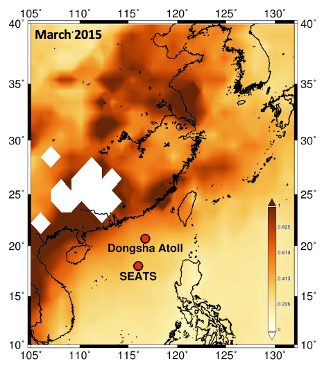
Liao and colleagues determined zinc concentrations and isotope compositions in sinking particles collected in the Northern South China Sea…
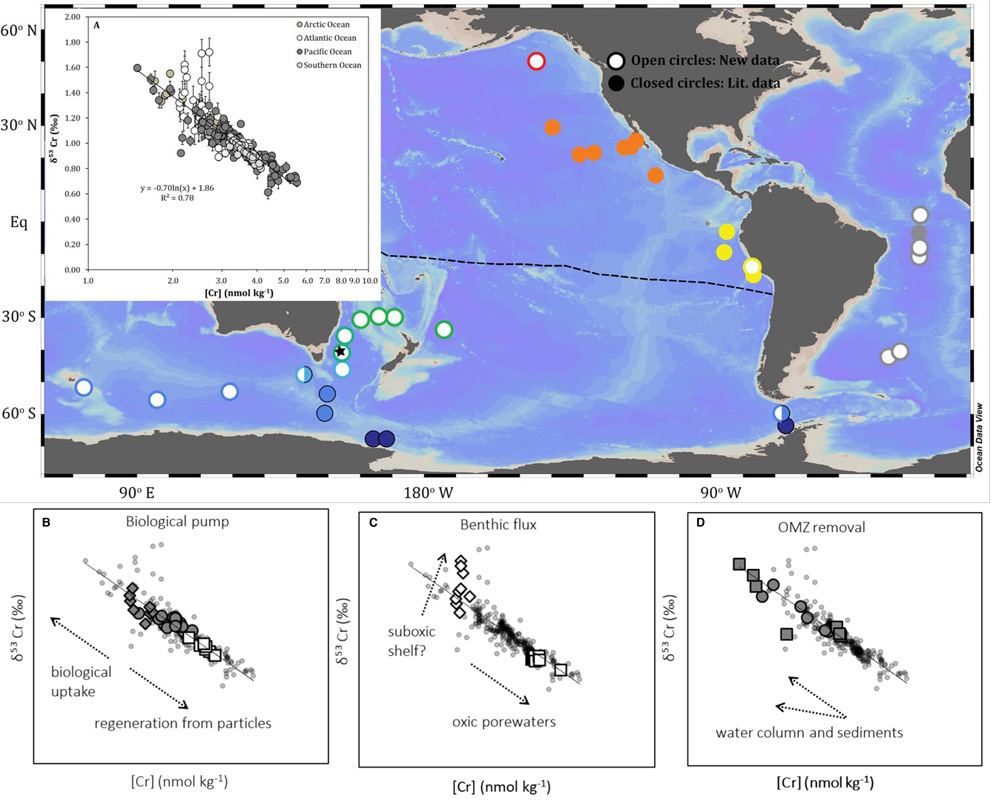
Janssen and co-authors present an exhaustive compilation of ocean chromium data…

The study’s results hold promise that the implementation of anti-pollution measures under the Minamata Convention will likely result in a faster decrease of oceanic mercury levels than previously thought.